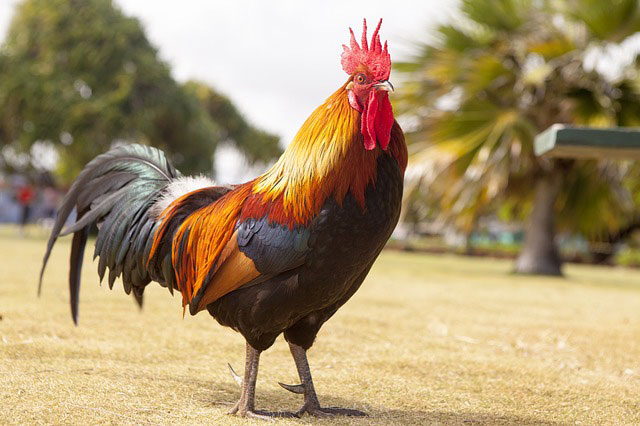Everything about Bird Flu… Influenza, commonly known as “flu”, is an infectious disease caused by an influenza virus an “Orthomyxoviridae” family of viruses. There are three types of flu viruses: Type A, Type B, and Type C Influenza B and C viruses mainly affect humans and causes milder symptoms, whereas influenza A viruses infect a range of mammalian and avian species. Influenza A virus can be transmitted from animals/Birds to people so for most purposes, Bird Flu or Avian Influenza refers to the influenza A virus.

There are three types of flu viruses: Type A, Type B, and Type C. Influenza B and C viruses mainly affect humans and causes milder symptoms, whereas influenza A viruses infect a range of mammalian and avian species. Influenza A virus can be transmitted from animals/Birds to people so for most purposes, Bird Flu or Avian Influenza refers to the influenza A virus. Type A flu virus is constantly changing and is generally responsible for the large flu epidemics. Influenza A viruses are further divided into subtypes on the basis of two proteins on the surface of the virus: H protein Hemagglutinin and N Protein Neuraminidase
There are 18 known H subtypes and 11 known N subtypes. Many different combinations of H and N proteins are possible. So in theory 198 different combinations of these proteins are possible. For example, an “H5N1” virus has an H5 protein and an N1 protein. Avian influenza A viruses are also divided as highly pathogenic avian influenza HPAI or low pathogenic avian influenza LPAI based on molecular characteristics of the virus and the ability of the virus to cause disease. The most frequently identified subtypes of avian influenza that have caused human infections are H5, H7 and H9 viruses. The subtypes H5 and H7 are the most deadly, while the H9 subtype is less dangerous. Usually bird flu viruses only infect other birds. It is rare for people to get infected with bird flu viruses, but it can happen. Two types, H5N1 and H7N9, have infected some people during outbreaks.
Influenza H5N1 was first isolated from a goose in China in 1996. Human infections were first reported in 1997 in Hong Kong. Since 2003, more than 700 human cases of Asian HPAI H5N1 have been reported, primarily from 15 countries in Asia, Africa, the Pacific, Europe, and the Middle East, though over 60 countries have been affected. Avian influenza H7N9 viruses normally circulate amongst avian populations with some variants known to occasionally infect humans. An H7N9 virus was first reported to have infected humans in March 2013, in China. H7N9 strain of bird flu seems to be genetically unstable. Since its discovery, at least 48 different subtypes of H7N9 have been identified, researchers are concerned that the strains will continue to swap genes with other flu viruses and may start a new flu pandemic. Most common symptoms of bird flu are Headache, Fever, Runny nose, Sore throat, Cough, Respiratory difficulties, Vomiting, Diarrhoea, Muscle aches and Joint aches. Bird flu infection has very high mortality rate.






3 Trackbacks / Pingbacks